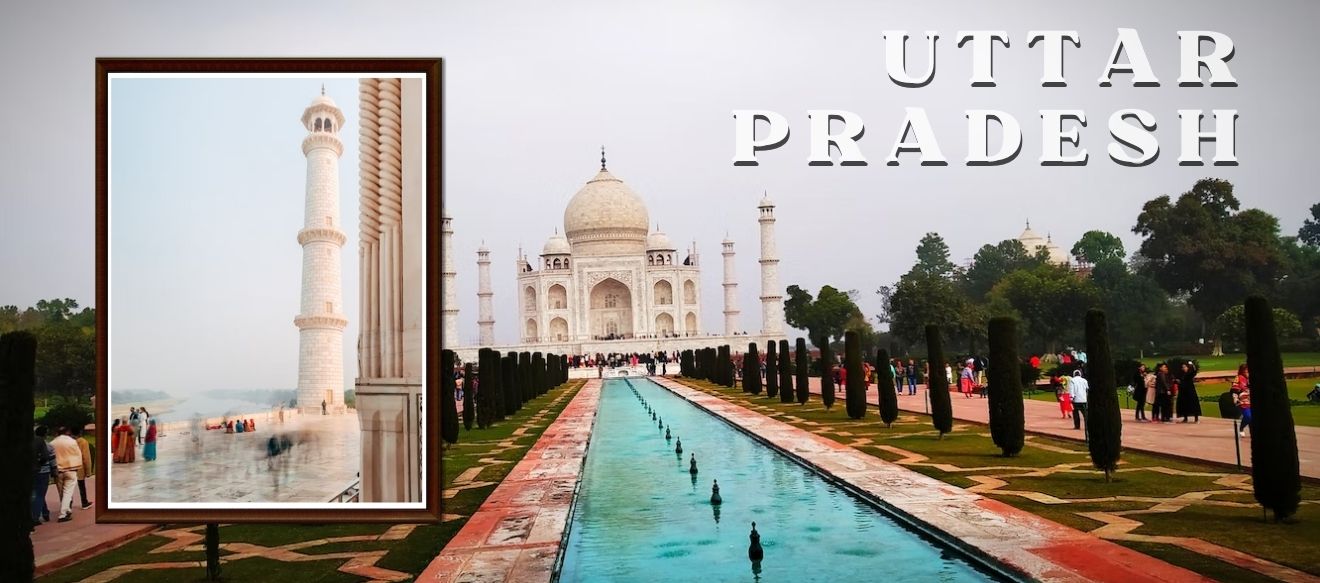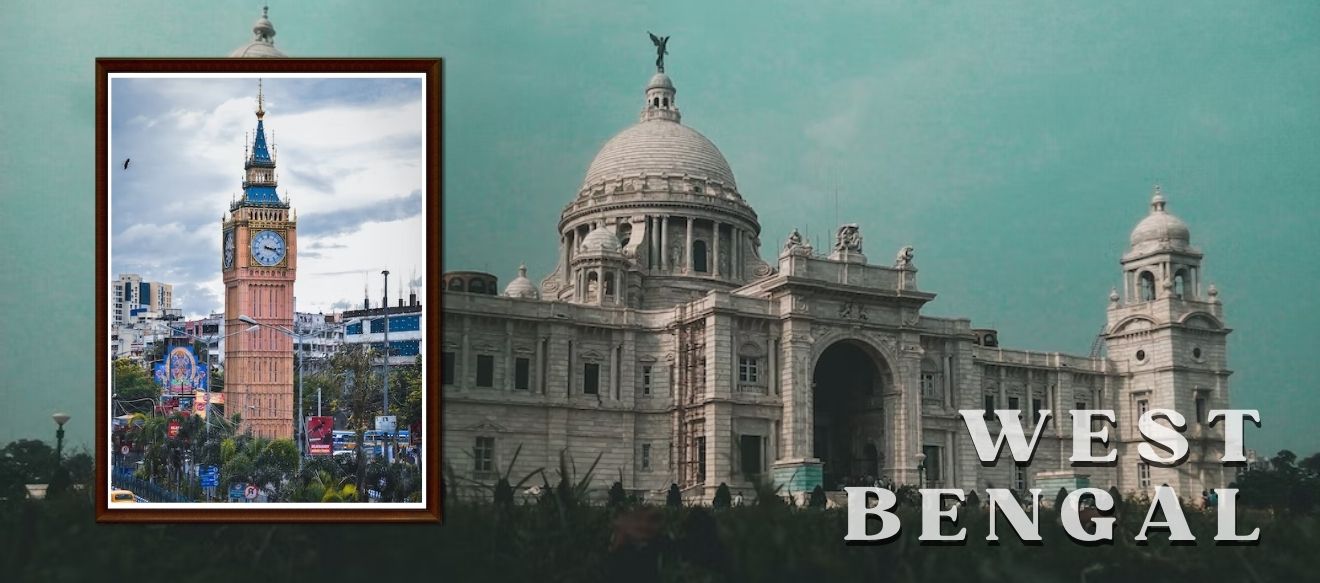About Birbhum
History:
An administrative unit called Birbhum was first established in 1787 under the British East India Company, as the "District Beerbhoom". The area was formerly part of the Murshidabad region. The first region was much larger than its modern architecture. After Diwani was ousted from the East India Company in 1765, Birbhum was managed from Murshidabad until 1787. That year because of the unstable state of the country, which required separate administration, it was established as a state with Vishnupur. In 1809, the collection of Birbhum was completed, and the district was once again managed by Murshidabad, the former Suri-Collector Assistant Collector. In 1820, Birbhum was rebuilt as a separate district and restored to its former position.
Famous:
It is often referred to as the "land of red soil". Birbhum is known for its natural architecture and cultural heritage. The western part of Birbhum is a wooded region, part of the Chota Nagpur Plateau.
Area:
The region has an area of 4545 km2.
Subdivision:
There are 3 complete divisions in Birbhum.
Villages:
There are 215 villages in the region.
Towns:
There are a total of 20 towns in the region.
All District of West Bengal
About Alipurduar
History:
Alipurduar gets its names from Col. Hedayat Ali Khan served in ..
About Banura
History:
In prehistoric times the area was inhabited by various Proto-..
About Birbhum
History:
An administrative unit called Birbhum was first established i..
Other State





